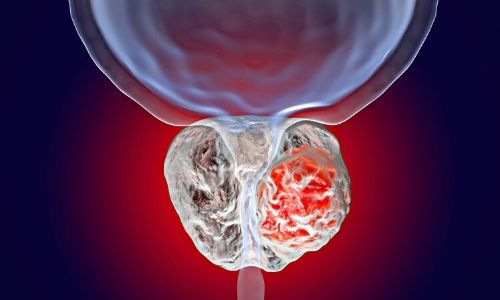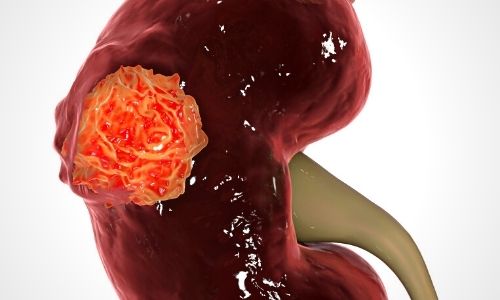The patient and the stage and aggressiveness of prostate cancer play an important role in the selection of treatment for prostate cancer. Other accompanying diseases of the patient (heart diseases, diabetes, neurological and respiratory diseases), general condition, age, previous diseases, drugs used (especially blood thinners) are evaluated in detail.
PSA level associated with prostate cancer, prostate cancer grade (aggressiveness degree) as a result of biopsy, and stage of the disease (dissemination) are also determined before treatment selection.
It is necessary to repeat here once again that today's modern medicine aims to treat the patient, not the disease.
What we mean here is to determine the type of treatment that is suitable for the person and that the person will get the highest benefit and the least harm from the treatment.
So personalized treatment comes to the fore in this case.
The treatment modalities of two different prostate cancer patients can be completely different.
Different treatment methods in prostate cancer can be given alone or in combination.



















